.gif) |
July 18-25, 2018
|
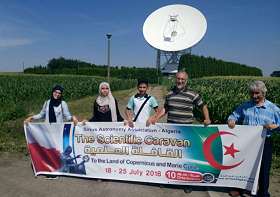 |
Day 5: The Warsaw Rising Museum:
A Tribute to the Polish People's Valiant Resistance to Occupation. |
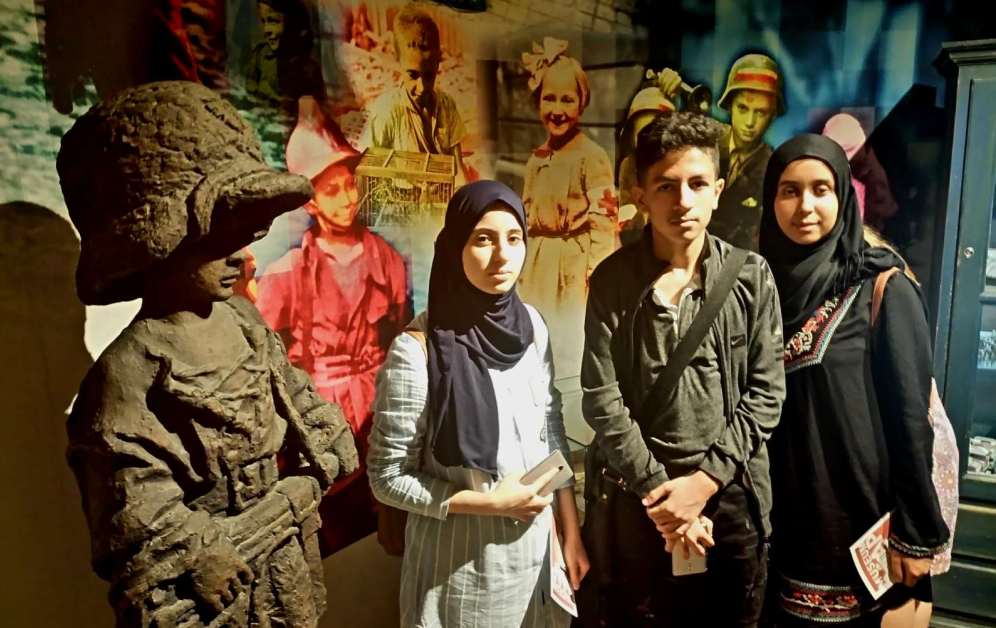
The Museum is dedicated to the Warsaw Uprising initiated on August 1st of 1944 and its dire consequences. The Polish Home Army which was unable to secure enough of the city to effectively occupy Warsaw, was ultimately destroyed by the German's counter offensive and whatever remained of it ultimately surrendered on the 2nd of October 1944. It resulted in some 200.000 deaths and a city fully destroyed. |
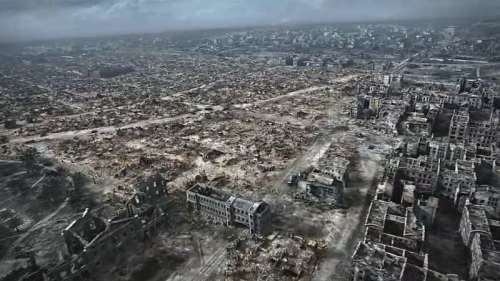
Massive destruction of the city in retaliation to the resistance as witnessed by allies flights over the city before its liberation. |
|
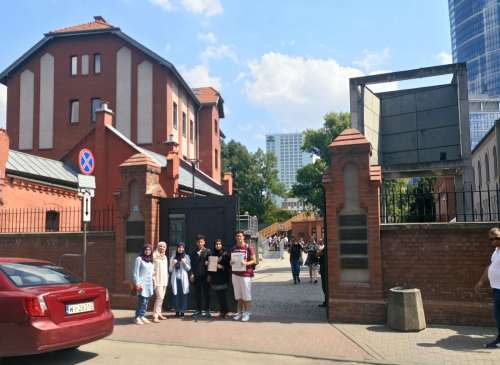
In front of the Museum dedicated to this traumatic period of contemporary Polish history. |
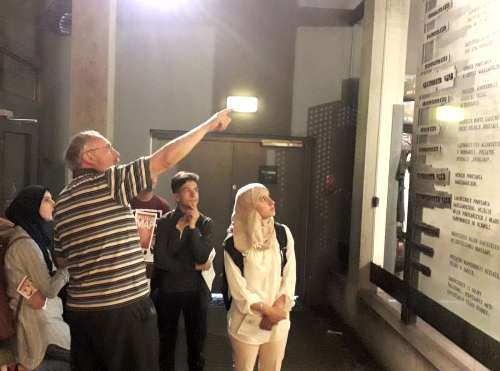
Explaining the historical context of the uprising and its larger implications for contemporary history.
|
|
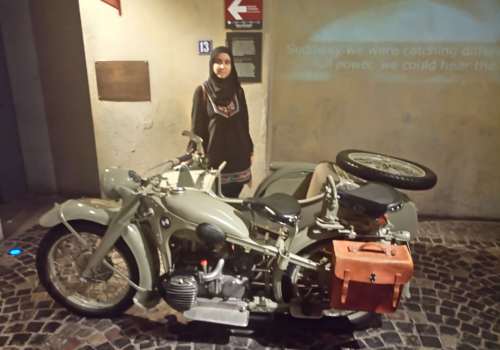
A captured Nazi motorcycle with a machine gun mount in front. |
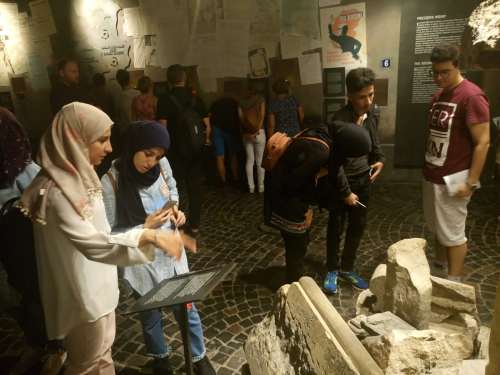 |
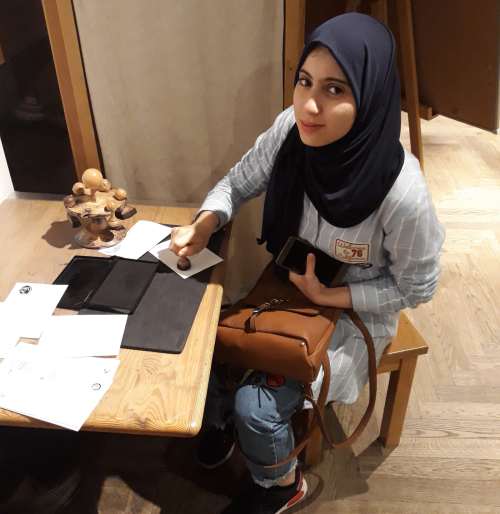
Underground postal service. |
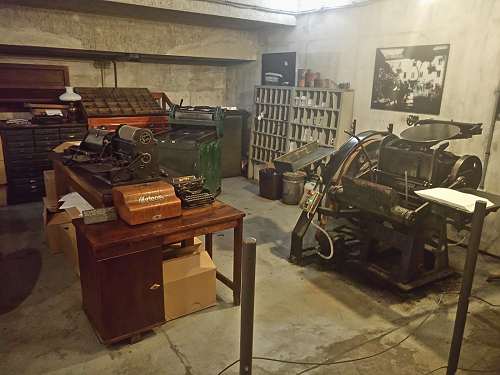
Underground press of the insurgents. |
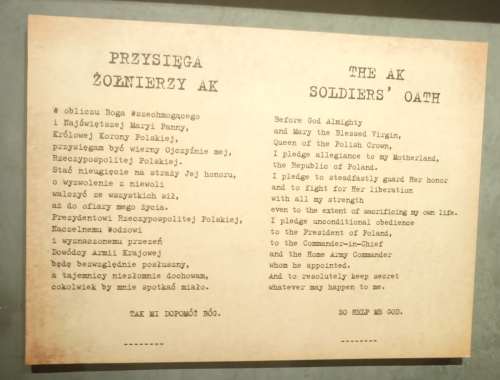
The oath of the Polish Home Army. Notice the heavily Christian formulae of faith inlayed in the oath (Click on the picture). |
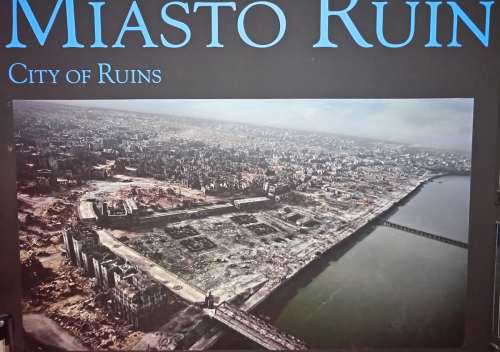
Warsaw's utter destruction from the "City of Ruins" movie. At right is the Vistule river with its destroyed bridges. |
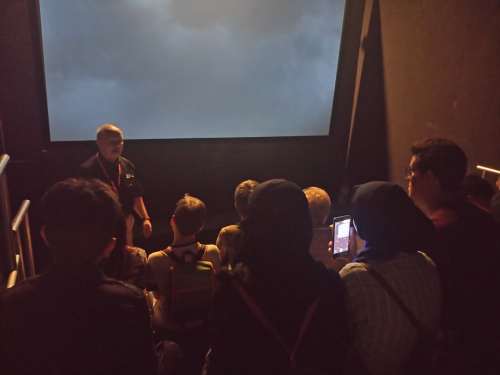
Viewing the "City of Ruins" movie. |
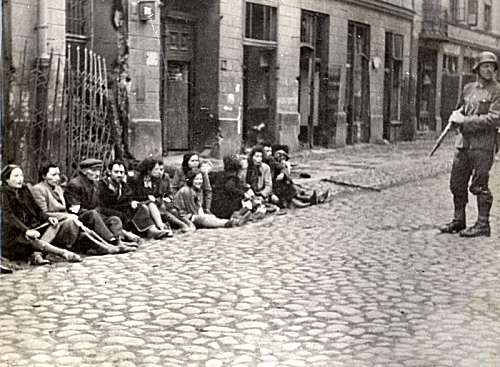
Before the uprising took place a dramatic event: the Warsaw ghetto uprising in 1943 with its ruthless suppression and ultimately sending most of the remaining inhabitants to the Treblinka concentration camp where they were exterminated. An Estimates vary from 300.000 to 400.000 the number of Jewish victims of this large- scale horrific slaughtering. |
|
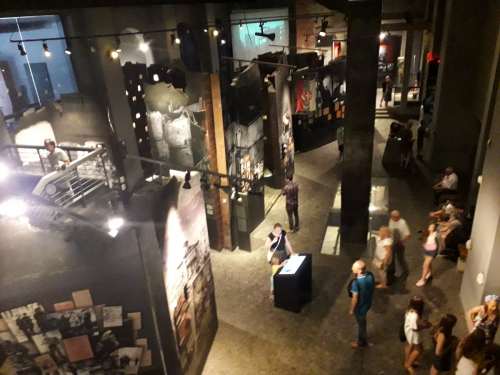
The Museum is spread over several floors documenting everything from the life under occupation to the uprising and its aftermath. See also George Orwell's ominous words (Sept 1944). |
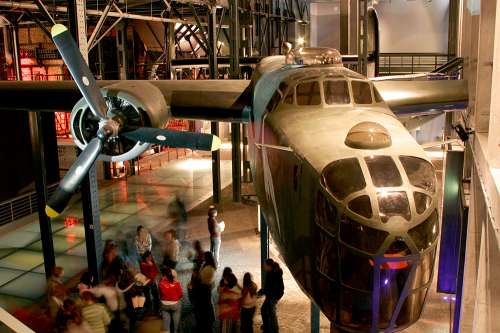 Replica of a Liberator B-24J bomber used to drop supplies to the insurgents. Many historians saw it in retrospective as a PR operation from Churchill, who inspired the uprising through the Polish government in exile in London. |
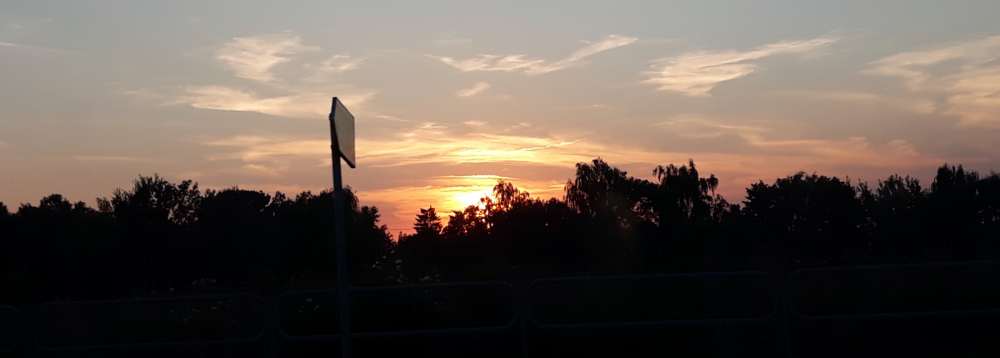
Whatever the judgment of some on the wisdom of the uprising in view of the military and political situation then (caught between two powerful and implacable enemies), it remains a defining even if traumatic moment in Polish history. |
Auschwitz (Oświęcim) and Birkenau Camps Visit
Europeans massacring Europeans.
And no lesson learned for them...
|
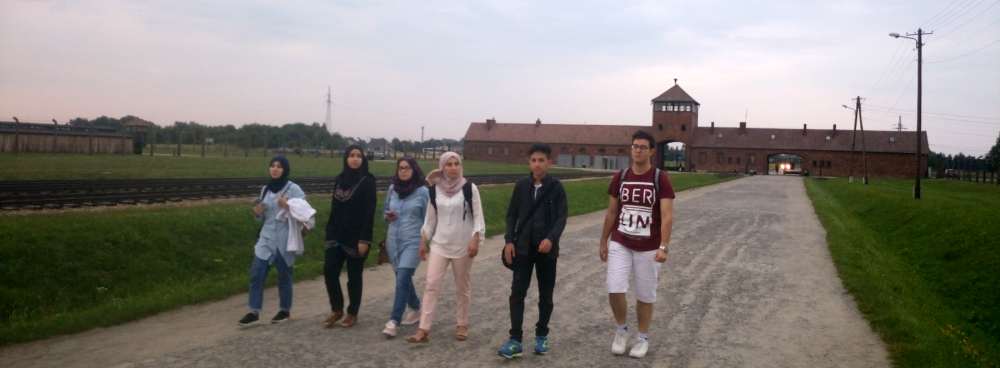
A visit to the Auschwitz and Birkenau Camps was a must, especially since we found ourselves in the Krakow region. It is about pondering upon the barbarous nature of man; how a country like Germany, considered to be the heartland of Western civilization, could plan and methodically carry out such a large scale criminal enterprise of mass killing; it is also to reflect on how many of the descendants of the victims could unleash their savagery on the vulnerable, defenseless Palestinian people today, denying it basic human rights, and before all the right to exist, even if the scale is different.
Millions of poor wretches were cremated, gazed, drowned for the sole reason of their ethnic background, the vast majority being Jews.
Seeing the endless flow of visitors from Israel to Birkenau (Many West Bank settlers, quite few quite few with their hands stained with Palestinian blood) is indeed a sobering lesson on the hypocrisy of man. Nevertheless a visit to those camps should be a "passage obligé" for any Poland visitor to take a lesson in humanity.
|
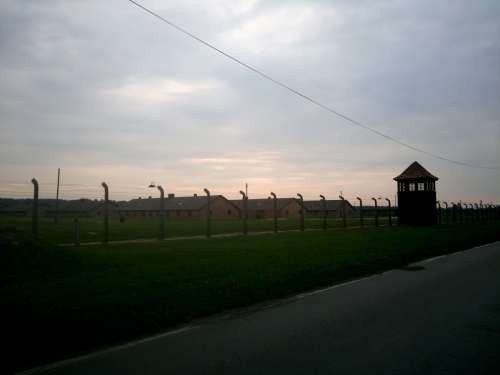
The next step after Auschwitz 1 was the ominous Birkenau camp (Auschwitz 2) seen here from the roadside. |
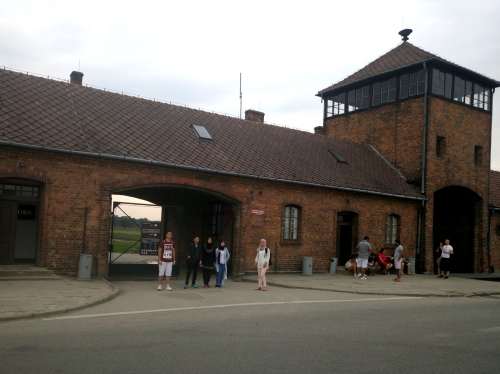
At the main entrance: the Gate of Death.
|

Passing by the remnants of a cremation building. |
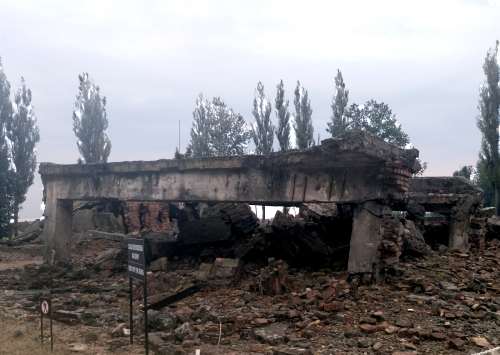 |
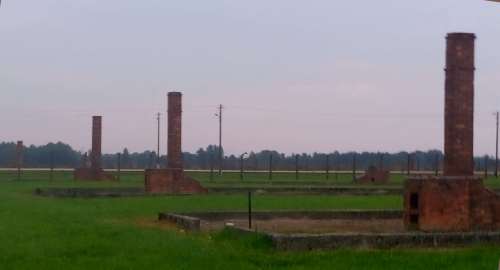
Remnants of crematory units in compound B1a.
|
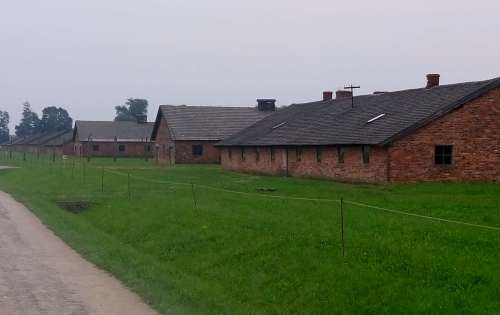
The last demeure for those wretched prisoners... before the cremation: neatly arranged barracks.
|
 |
|
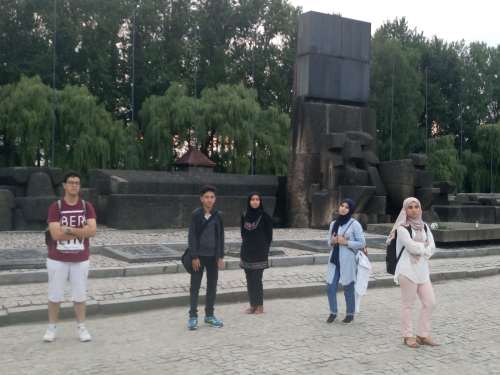 |
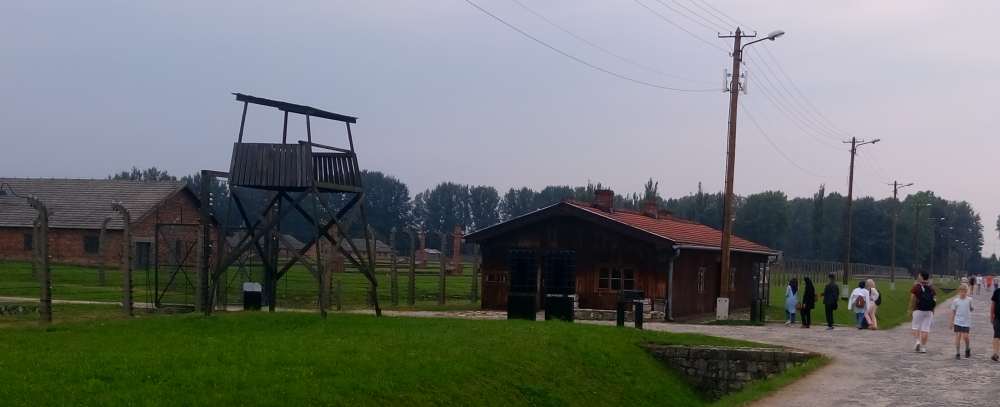
At one of the entrances. |
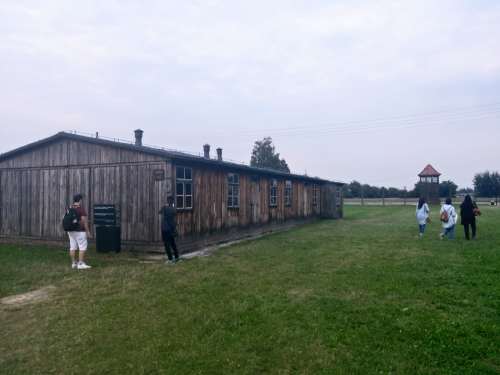
The barrack where mothers and their babies born in the camp were "eliminated" by phenol injection in the heart. |
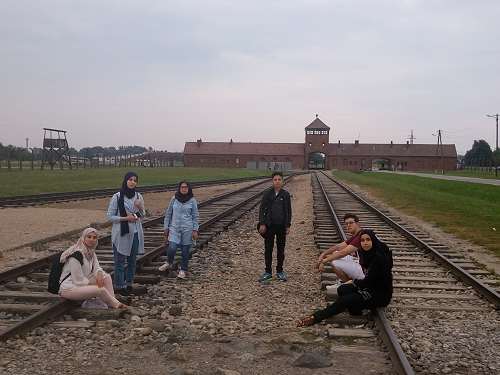
The railway from Auschwitz to Birkenau bringing its loads of humans to be eliminated. Leaving the death camp with heavy hearts... |
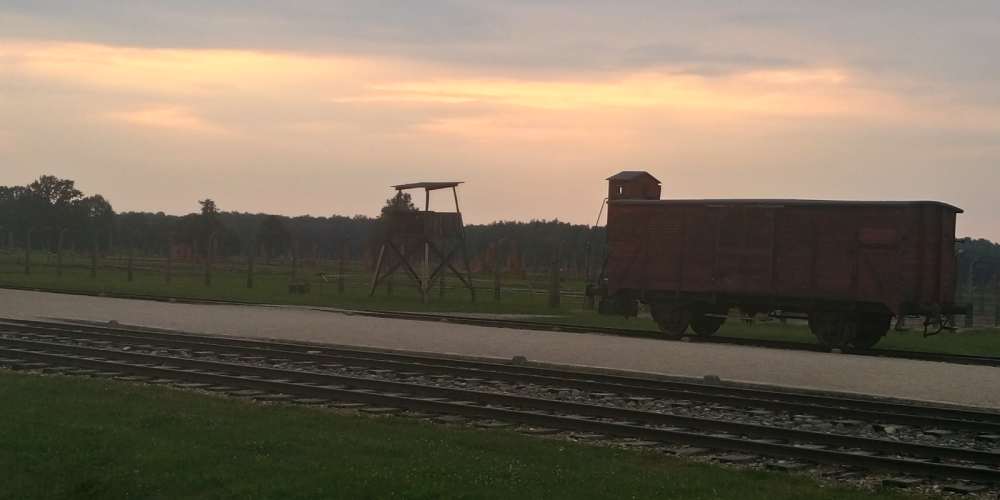
That humans from the heart of civilized Europe could inflict upon their fellows Europeans such an outageous treatment is incredible. Yet, was the lesson learned ? The ignominious colonial war by France in Algeria in the fifties for which it still doesn't want to apologize nor even recognize its reality, the Vietnam war in the sixties with its large scale indiscriminate killing by air and by land, the Rwanda genocide with the French complicity and the Srebrenica ethnic cleansing in former Yugoslavia in the nineties, the continuing Burma's government genocide of the Rohinga people ... The (un)human nature of Man! |
Day 6: At the Wieliczka's Salt Mine, Krakow
A Natural and Human Wonder : A City of salt underground |
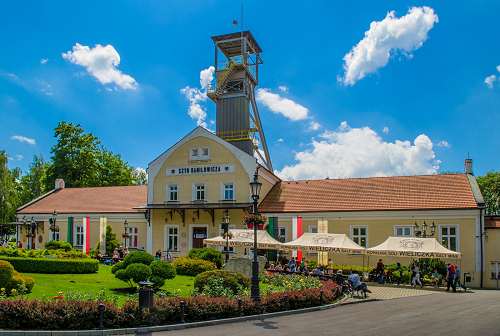
The Wieliczka's Salt Mine few km from Krakow. Everything in that mine has been carved in salt of which the rock is made of. |
|
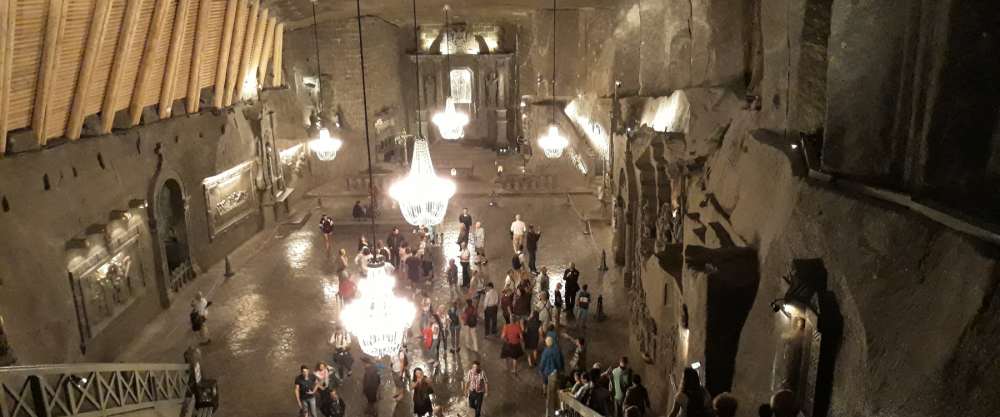
One of the largest gallery of the "City of Salt" under hundreds of meters under ground.
|
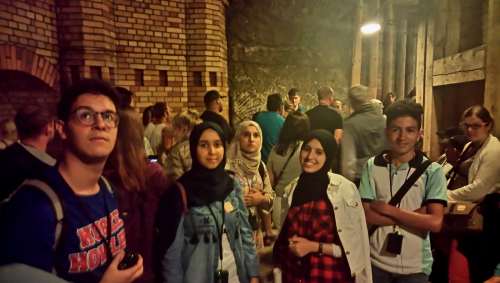
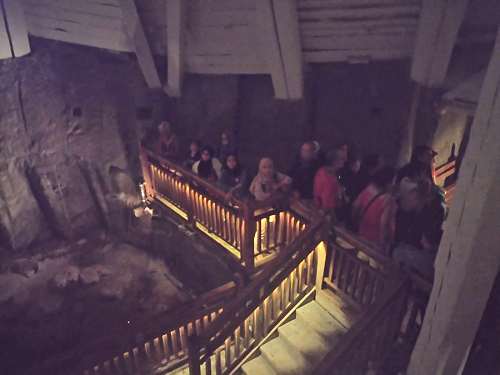
Going further underground.
|
|
|
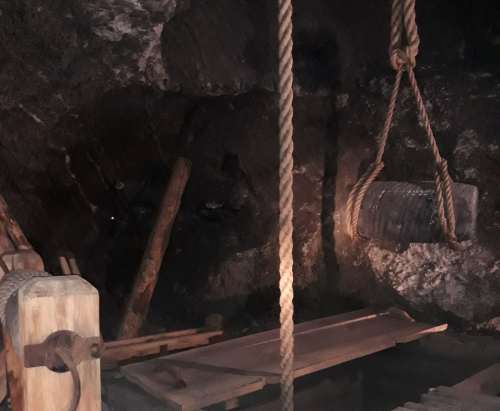
The blocs of salt brought to the surface. |
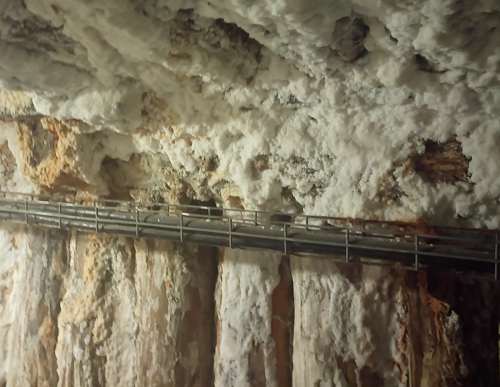
The rock salt is different from the sea salt or that from Sebkhas made by drying out water. It is grey since it contains up to 2% of minerals, mainly potassium, magnesium, and calcium, and so it has to be purified to become table salt. Here's an almost pure vein of salt. |
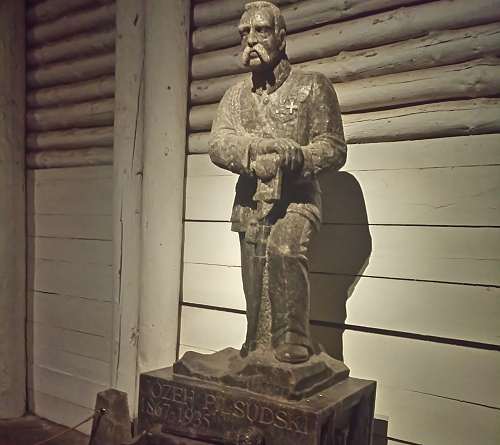
Józef Piłsudski the father of the Second Polish Republic re-established in 1918. |
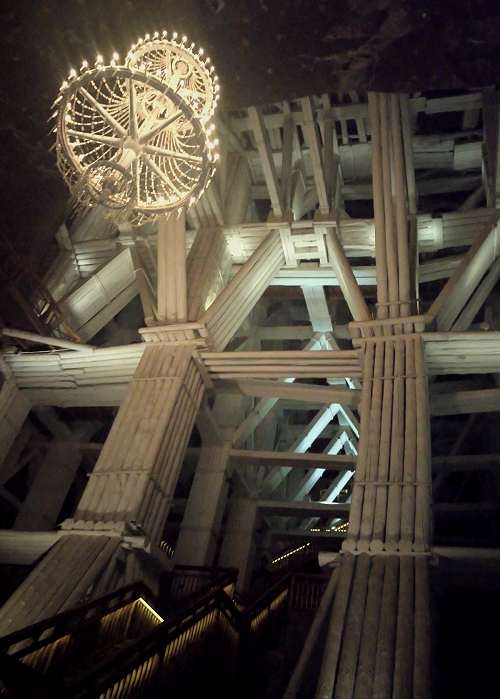
The supporting wood pillars so that the whole thing doesn't cave in. |
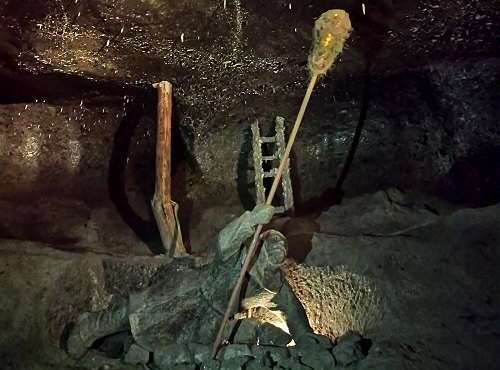 Constantly checking the ex-gazing of methane and burning it before it reaches a too high concentration.
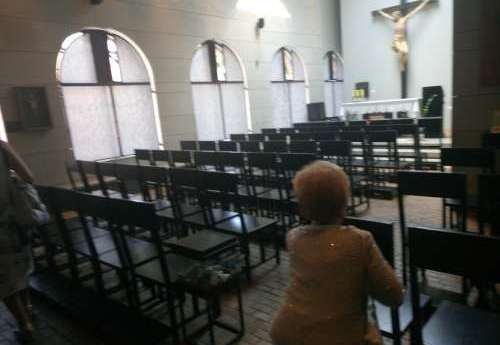
Churches and chapels are everywhere, a tribute to a deeply religious people. Here is a Chapel of salt! |
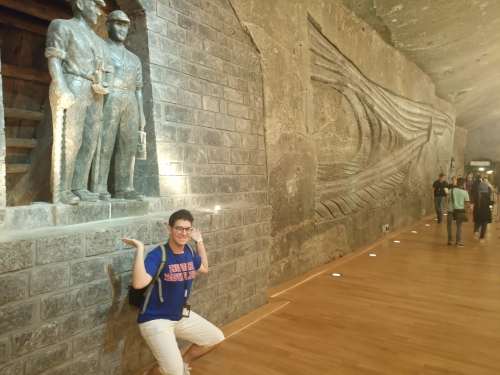
Sofiane withstanding the wall, while Ilyes and Yasmine are walking ahead of him. |
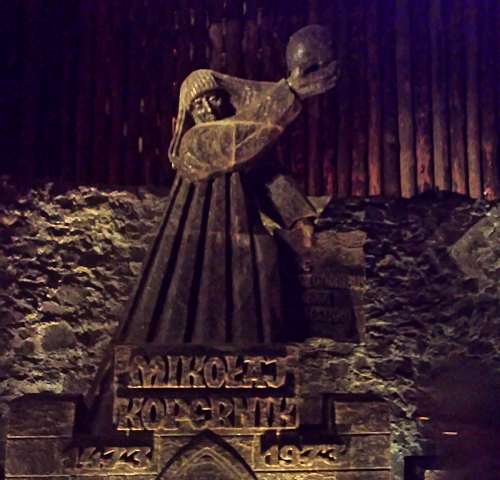 Copernicus in salt ! |
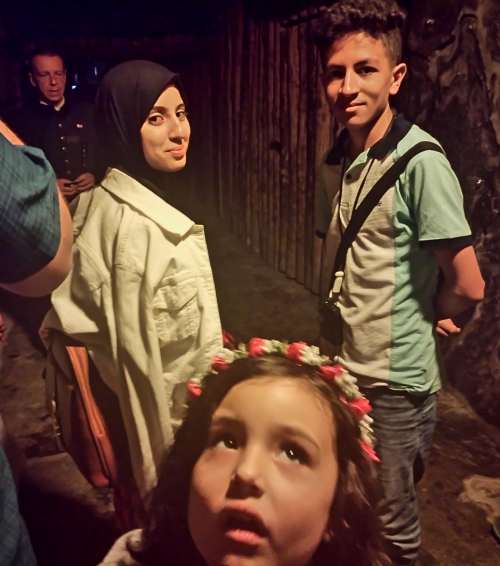 |
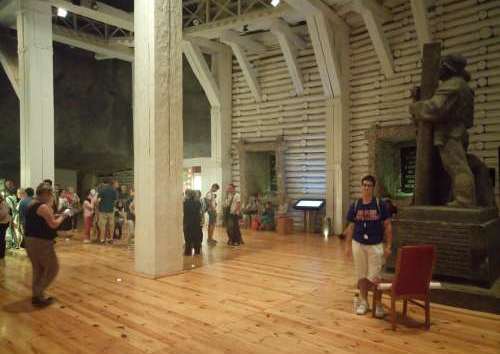
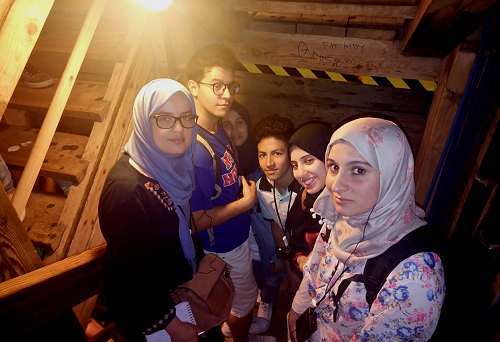
|
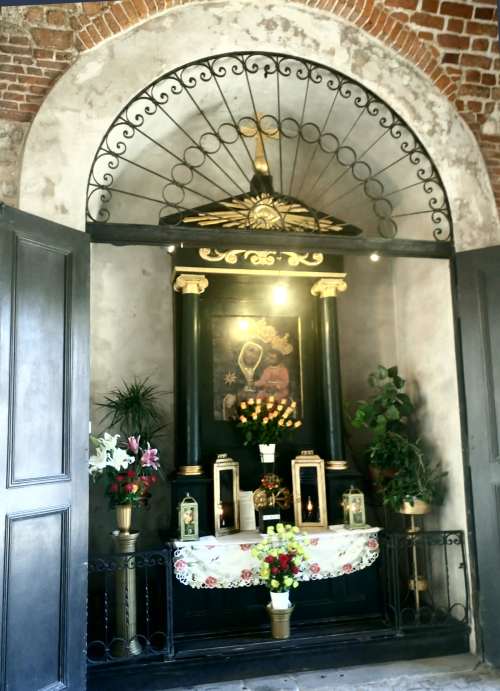
Chapels and religious corners were legion. |
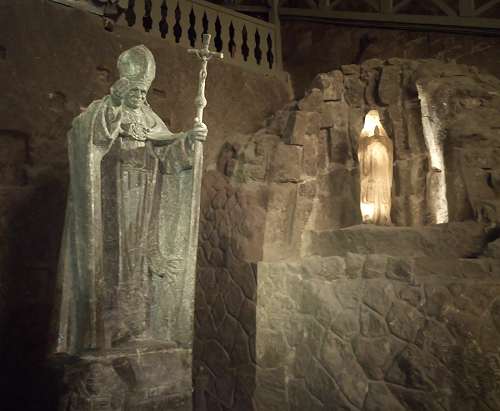
Jean Paul-II, the Polish Pope in salt in a niche bearing his name.
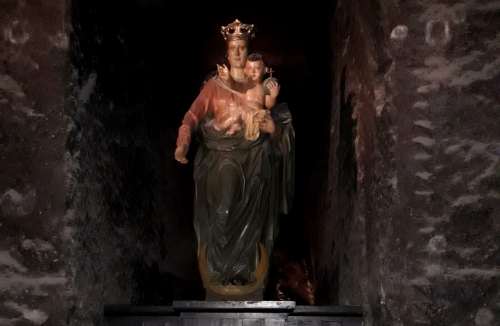
|
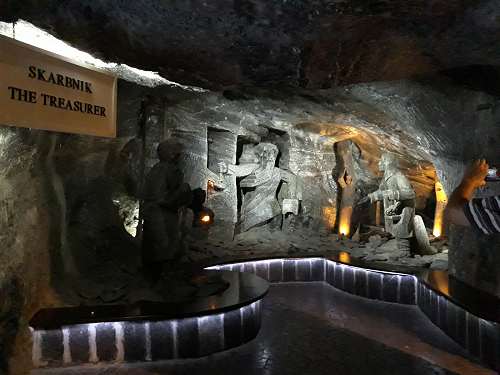
Fantastic figures carved in salt along the various aisles.
|
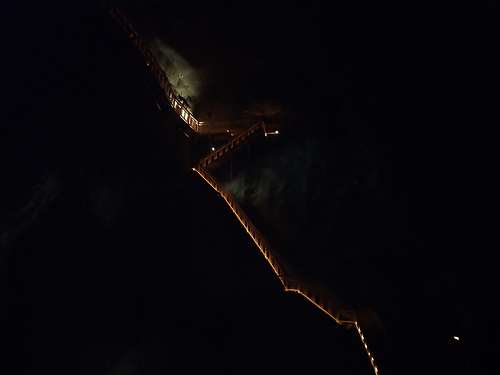
Going down and down... |
. 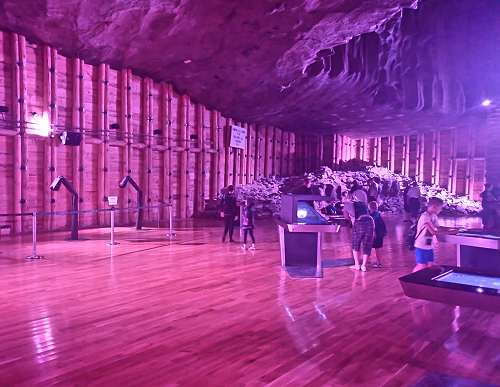
The Upper Lill Chamber at the last level |
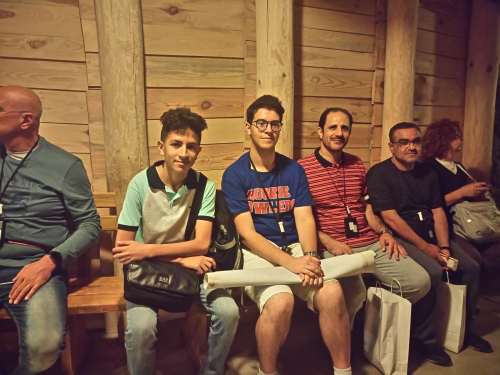
On our way back to the surface, waiting the lift, an encounter with two retired teachers from Syria at right. |
Day 7: Krakow's deambulation: Wawel Royal Palace, Jagellonian University & more |
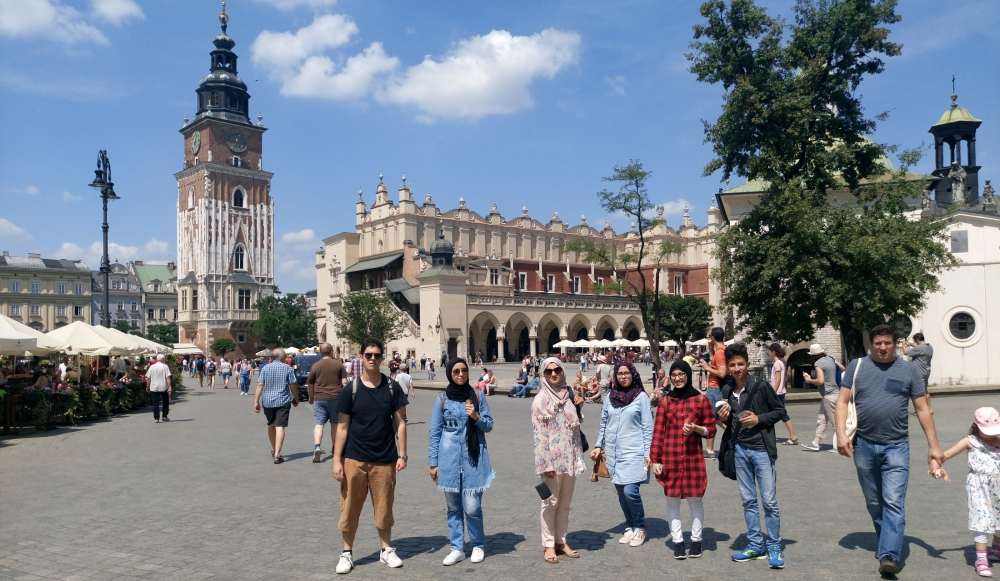
Visiting Krakow and its various architectural treasures. Here the group standing at the beautiful main medieval Market Place (Rynek Główny), and the Cloth Hall (Sukiennice) in the back. At left is the Town Hall Tower.
|
|
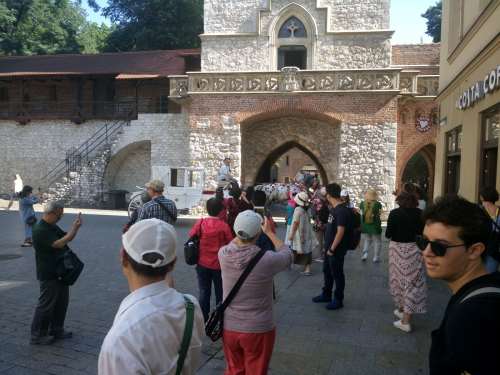
Entering the city through St. Florian’s Gate
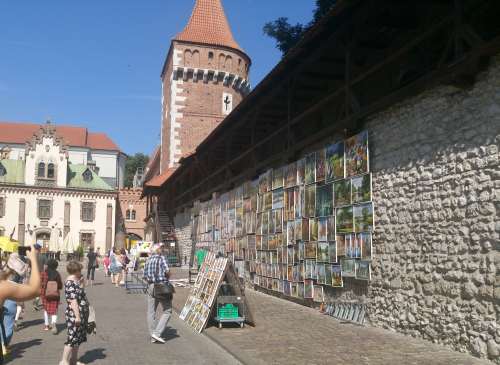
The Krakow fortification walls next to the St. Florian’s Gate. The Barbican tower guarding the city is outside..
|
|
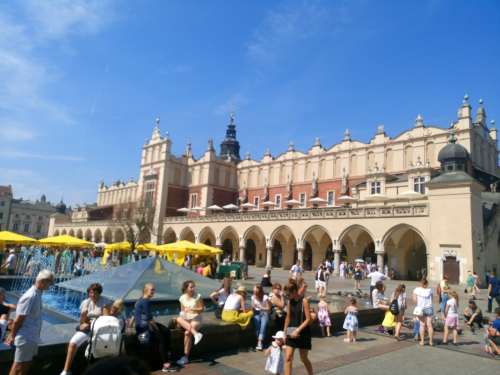
The Main Market Place.
|
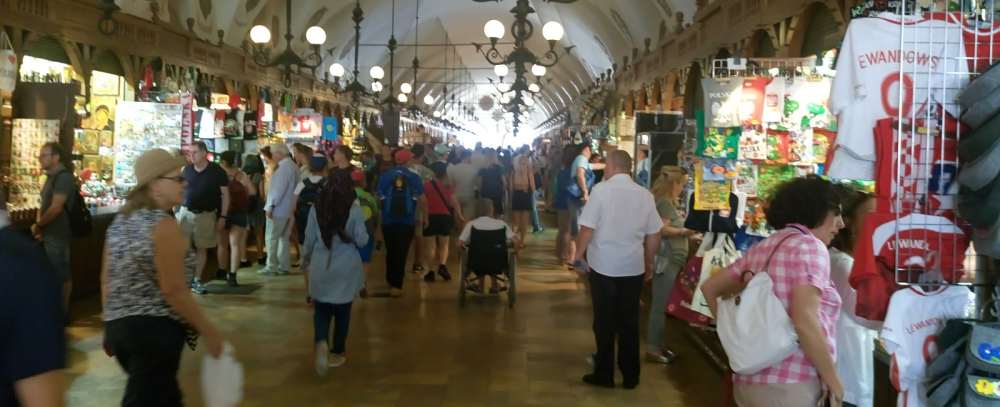
Strolling Sukiennice. A bit like the Al-Hamidiya Souk of Damascus... |
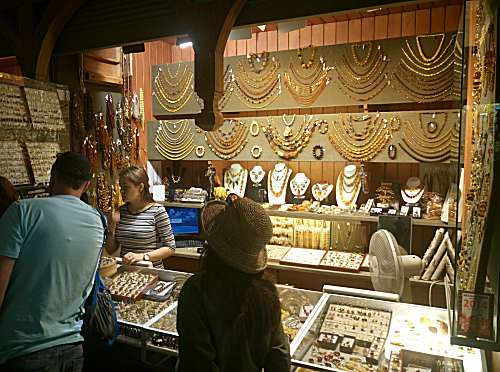
Amber jewelry shop |
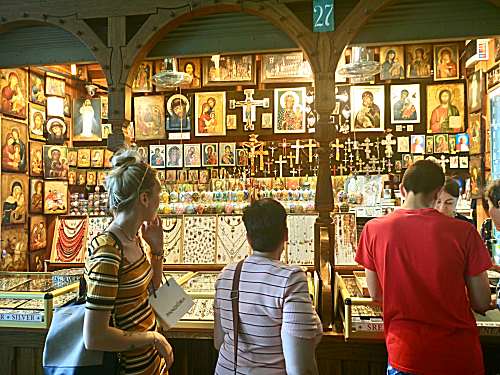
Selling religious artifacts |
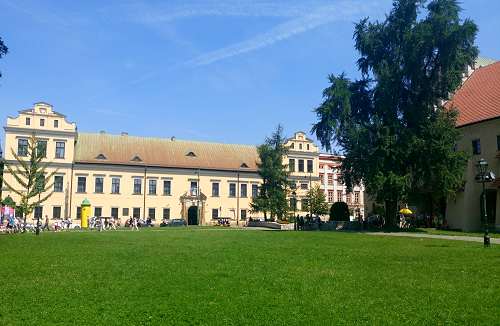
Le Palais de Évêques. There the Pope Jean-Paul II addressed the huge crowd in his epoch making speech in 1973 which led ultimately to the fall of communism in Poland. The window from where he spoke can be seen above the porch. |
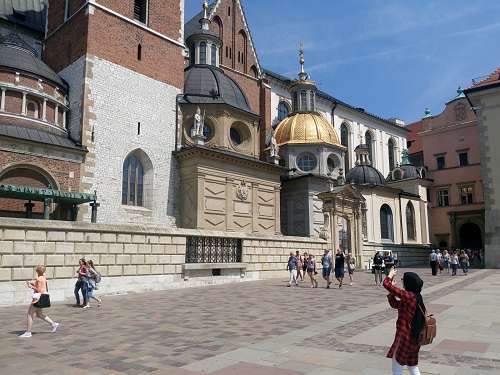
In front of the Wavel cathedral |
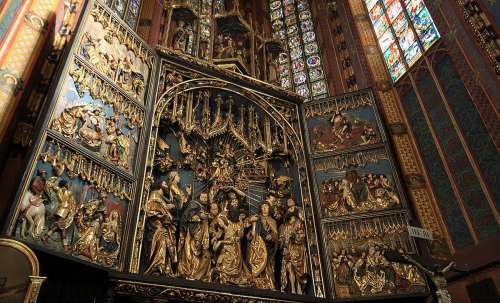
Some heavy religious ornamentation inside St. Mary's Basilica.
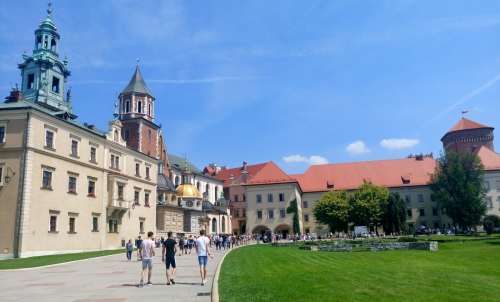 |
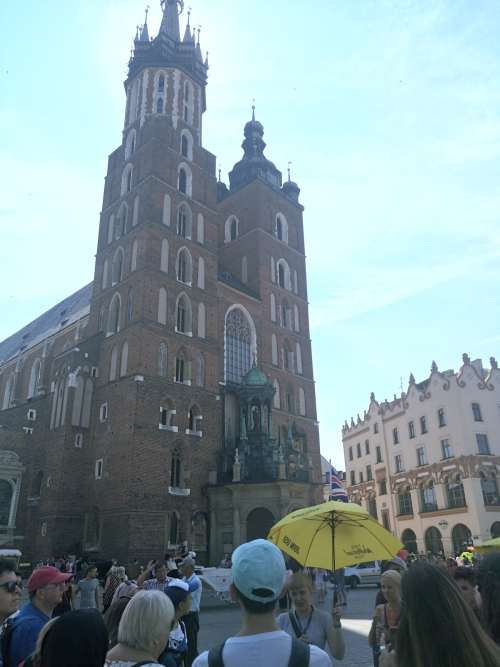
St. Mary's Basilica in Krakow (Bazylika Mariacka), a brick Gothic church adjacent to the Main Market with its emblematic double bell tower of unequal height... |
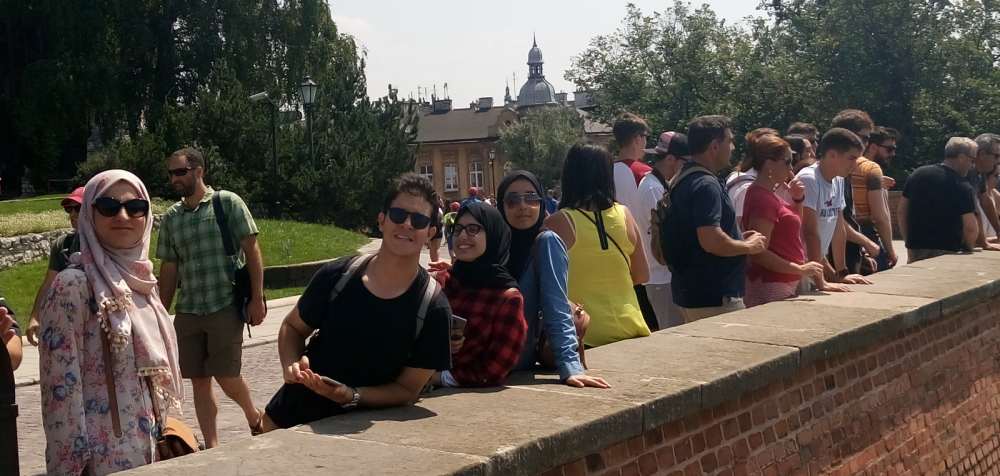
On the bank of the Vistula river, enjoying the sight below. |
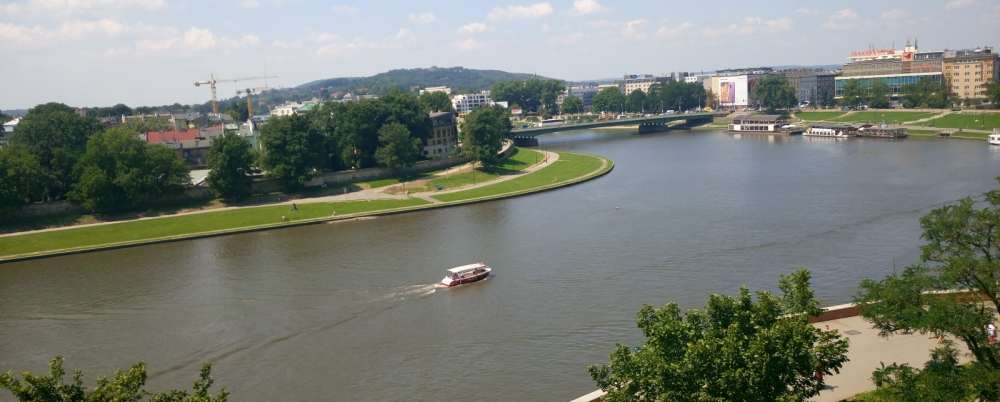 |
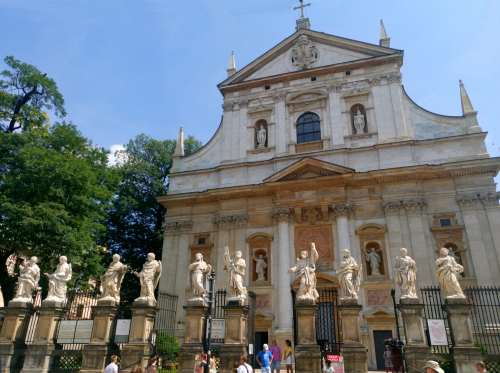 |
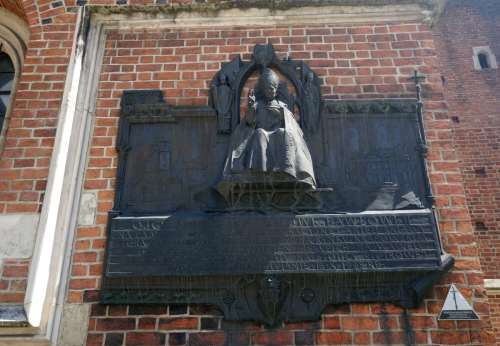 |
Churches were everywhere with their heavy iconography mixing the Christ, the Virgin Mary, Saints, Kings, folk heroes... The statues of Jean Paul II, who officiated at Krakow before becoming Pope, were also at every corner, like in the picture at right. |
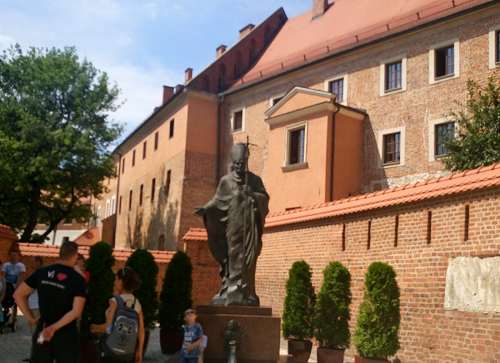
Another St Paul 2 statue
|
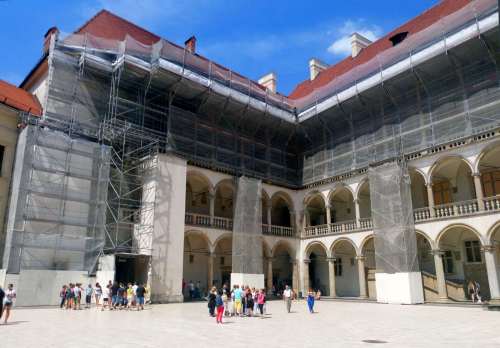
Inside the Wavel Royal Palace |
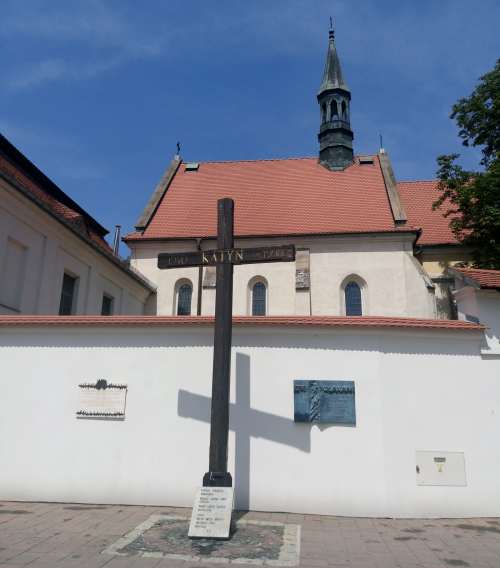
Standing in front of the stele, next to the Wavel Royal Palace, in memory of the Katyn massacre in 1940 near Smolensk where some 22,000 Polish officers prisoners and intellectuals were executed by the Soviet NKVD on the direct order of the Politbureau. Each city in Poland has a memorial for this horrendous crime.
|
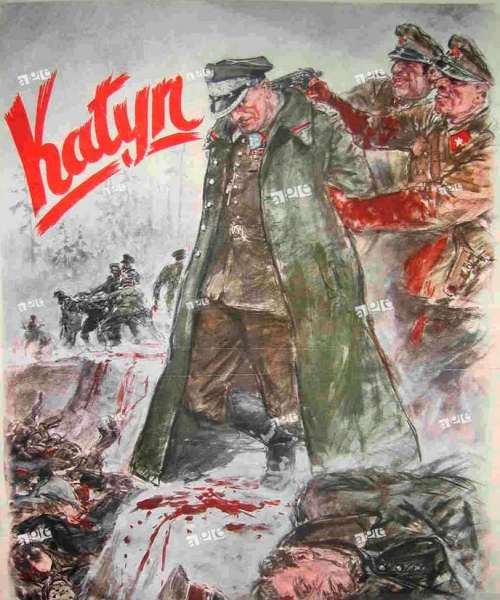 The Katyn massacre was disguised by the Soviets for fifty years as a Nazi war crime, until its official acknowledgement by President Gorbachev in 1990. Though the killings took place at several different locations, the massacre is named after the Katyn Forest, where some of the mass graves were first found. The Katyn massacre was disguised by the Soviets for fifty years as a Nazi war crime, until its official acknowledgement by President Gorbachev in 1990. Though the killings took place at several different locations, the massacre is named after the Katyn Forest, where some of the mass graves were first found.
|
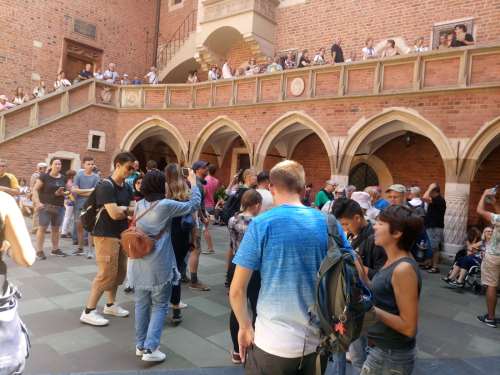
Here at the main court of the old building of Jagiellonian University (Akademia Krakowska in the Middle Age). Copernicus studied at that University while Marie Curie was denied registration for being a woman. It was founded in 1364 by King Kazimierz the Great, and became one of Europe's great early universities. |
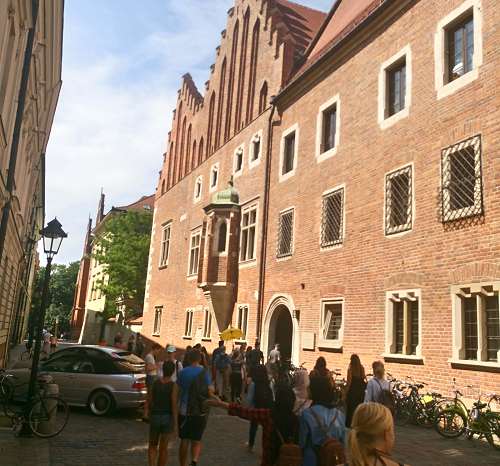
The outer walls of the University
|
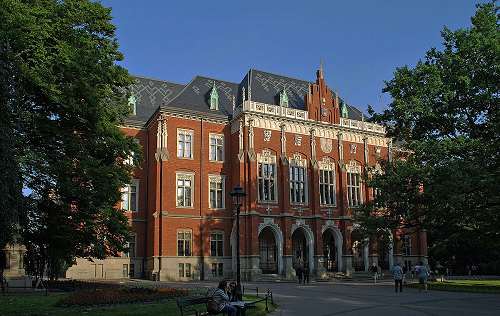
When Krakow falls under Nazi rule in 1939, some 184 professors from the Jagiellonian University were deported to the Sachsenhausen concentration camp and killed along with tens of thousands of other deported. In response, an extensive underground teaching movement developed under the leadership of the Polish Teachers' Association.
|
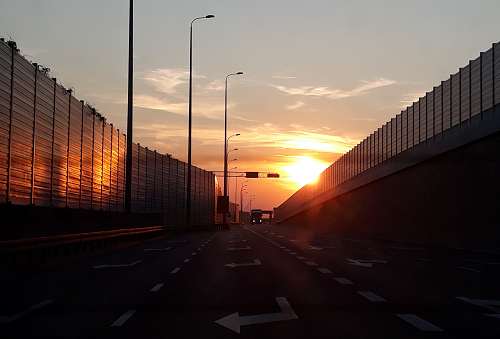
Back to Warsaw, a 300 km and four- hour drive. |
Day 8: Departure from Warsaw to Algiers ... via Roma |
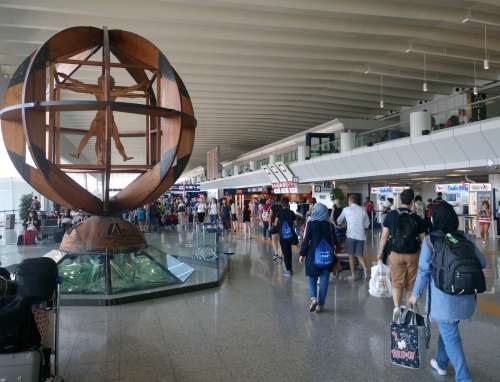
A non planned extra stopover at Rome for one extra day ... |
|
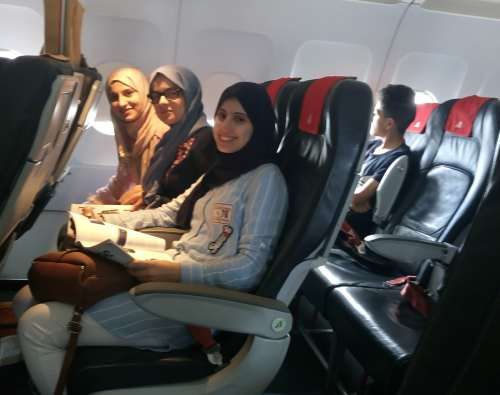 |
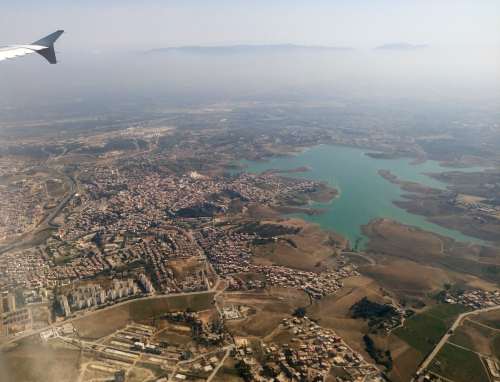
Flying back home/ |
|
.gif) |
|

